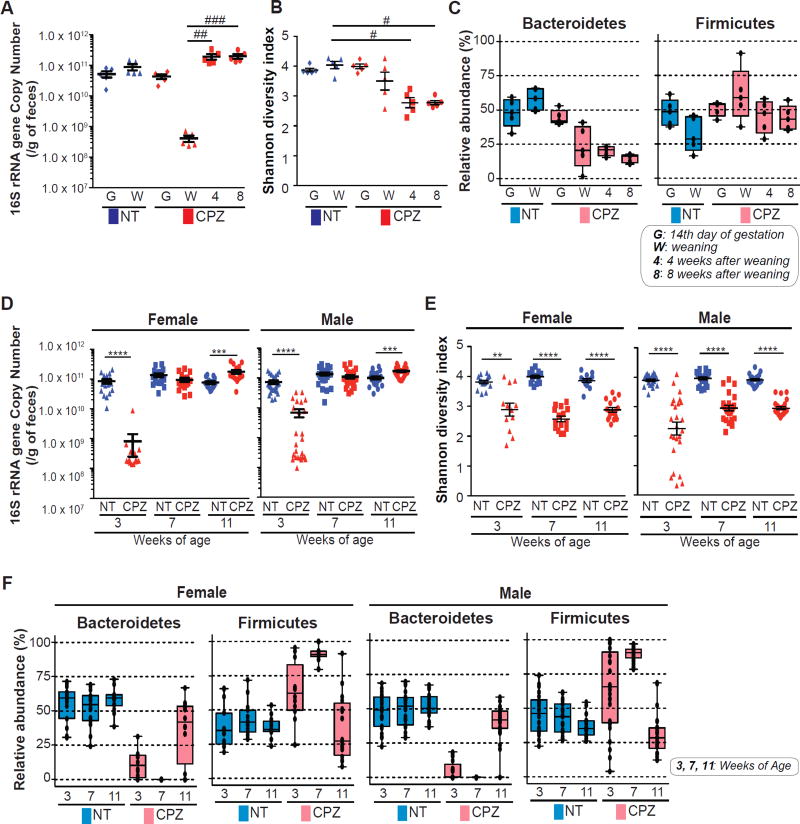Figure 3. Maternal peripartum exposure to cefoperazone induces a persistent gut dysbiosis in dams and pups.
(A) Fecal 16s rRNA gene copy number in non-treated (NT) versus cefoperazone (CPZ)-exposed dams at 14th day of gestation (start of CPZ treatment), at weaning (end of CPZ treatment), 4 wks and 8 wks after CPZ cessation. (B) Shannon diversity index in dams at 14th day of gestation (G), at weaning (W), 4 wks and 8 wks after CPZ cessation. (C) Bacterial community composition in NT and CPZ-exposed dams tracked until 8 wks after CPZ cessation. (D) Fecal 16s rRNA gene copy number in NT and CPZ IL-10 KO offspring at 3, 7 and 11 wks of age. (E) Shannon diversity index in NT vs. CPZ IL-10 KO offspring at 3, 7 and 11 wks of age. (F) Bacterial community composition was assessed at 3, 7 and 11 wks of age in female and male offspring. Two dominant phyla, Bacteroidetes and Firmicutes are presented for (C) and (F). Additional phyla shown in Supplemental Figure 3. #p<0.05, ##p<0.01 and ###p<0.001 via Dunn’s test. **p<0.01, ***p<0.001 and ****p<0.0001 via Mann-Whitney U-test. Oligotype phyla taxa presented as relative abundance and represented as box plots. Dots represent individual samples. See also Figure S3.

